Most people consider their smartphone to be pretty well an inseparable part of their identity these days.
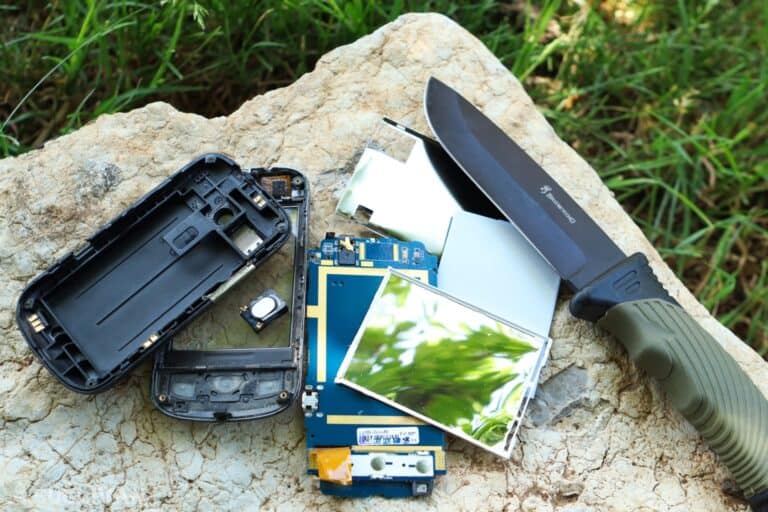
Between managing our social media accounts, handling calls and texts and improving our efficiency, or at least increasing distraction, with countless apps these are wonderful little witch bricks are certainly a hallmark of our era.
But for all of their usefulness, it seems like most preppers don’t really plan around them in a survival context, except perhaps counting on the fact that they will invariably fail when the chips are down.
The notion that something so complex that is so dependent on an equally complex web of servers, networks and technological trickery is functionally brittle does make sense.
But is it true? I say no, and there is far more to be gained from your smartphone and a survival context than planning from the get-go to do without it.
Disclosure: This post has links to 3rd party websites, so I may get a commission if you buy through those links. Survival Sullivan is a participant in the Amazon Services LLC Associates Program. As an Amazon Associate, I earn from qualifying purchases. See my full disclosure for more.
The capabilities that your device brings to the table (particularly if you have a rugged smartphone) are advantages you definitely want on your side, and in this article I will make a case for it and discuss those advantages.
Table of Contents
Don’t Be a Survival Luddite
I always get a chuckle when discussing this topic in some circles.
Invariably, there are at least one or two preppers everywhere I go who seem to plan on ditching their phone at the first sign of trouble because they believe that it is totally certain the thing will just wind up letting them down. And how could it be otherwise?
Tornadoes will knock down towers, power outages will offline servers and to top it all off the phone itself uses a battery of all things to function, and once the power runs out the thing is useless. Right? Right!
Except probably not, or at least maybe not. For the life of me, I don’t understand this attitude.
I agree that it is good to have backup plans and that no one should rely on any tool too much to get the job done, especially one as complex as a smartphone, but that doesn’t mean you have to throw the baby out with the bathwater.
Invariably, most folks’ sentiments on the matter do not extend to other areas of their survival plan.
Tell me; does that flashlight or headlamp you rely on use the battery? How about the red dot sight on your rifle? If it is good for one, why not for the other?
You could extend this sentiment to other things, too. Why rely on an axe or hatchet made of metal, metal that can rust away to nothing? You should stick with an old-fashioned, renewable stone hatchet that you knapped yourself for the occasion that won’t let you down!
Admittedly, I am just poking holes at this point, but the very sincere point I want to make is that you should not be a survival Luddite, shunning technology just because it is technology of the current era. All you’ll be doing is denying yourself important advantages.
It is good to be ready for the loss of capability that might accompany any sort of emergency or disaster scenario, but that does not mean you should forsake anything that can help you! With that said let us get on to what your smartphone can do for you in a survival situation.
7 Smart Survival Uses for Your Smartphone
Communications
The most obvious advantage your smartphone can convey is the one you likely bought it for in the first place! The modern smartphone is a communications marvel, capable of sending and receiving all kinds of signals in a variety of formats across a host of apps.
Obviously, to do this depends upon maintaining a connection with a cell phone tower, but virtually every phone today can also send and receive calls, texts, and other data via Wi-Fi connection.
When you’re in trouble, the first thing you might want to try is calling for help. If you are in a remote location or the crisis is a big one you might not be able to send or receive a call due to a lack of connection or an overwhelmed network respectively.
If that happens, that’s okay. Try sending a text, as a text message uses far less bandwidth then an ongoing call, and has the added advantage of basically being on standby to transmit once you press send if the phone cannot connect immediately.
There are other ways of getting in touch with family, friends, and authorities using your smartphone.
Email is one possible option, although it generally takes a back seat to texting these days, but you can also send them messages on a variety of social media apps or dedicated messaging equivalents.
This is especially useful for saving time if you have all of your group mates or family members on an emergency channel or thread where you can message them all at once and every member can see what the other is saying.
Light
Any prepper who has their head on right will keep a flashlight on or about their person at pretty much all times, especially when heading out into the wilderness, but sometimes this light is either left behind, lost or broken.
Humans rely on vision as their primary sense, and things tend to go very poorly for us in the dark if we don’t have a way to light up our environment.
Luckily, most modern smartphones can provide light for you in a couple of ways. The majority now feature built-in flashlight functionality that can turn on its camera flash LED to act as a surprisingly powerful flashlight, though this does drain the battery quite quickly.
Older smartphones that did not feature this capability can nonetheless be jury-rigged into doing so by using one of numerous, free apps for the purpose.
But let us say your smartphone lacks a camera entirely for whatever reason or the LED flash is broken. Or perhaps you want to save as much battery life as possible under the circumstances.
No big deal, your smartphone’s screen can put out enough light for close range task lighting or illuminating the ground around you simply by turning up the brightness.
Obviously, neither of these options is as capable as a purpose-made flashlight or headlamp, but it is definitely good enough to get you out of a jam!
Navigation
Smartphones pack a suite of powerful sensors and other technology inside, and many serve as the primary GPS system for their users, whether they are behind the wheel or not.
Depending on the generation of your device and the breadth of the network in your area, your GPS could be more or less reliable in a jam, but it is always worth a try and, so long as you have signal, they are surprisingly accurate.
But let’s say your GPS is non-operational or not reliable. Your smartphone can still serve as an excellent navigational aid by preloading it with a variety of maps, including road maps, travel atlases, topographical maps of the region, and more.
If you have a compass, you can use the two in tandem to surprisingly good effect for land navigation.
Even better, most smartphones include a built-in compass accessible through a first-party or aftermarket app. Now, I have a lot to say about this because the accuracy and reliability of the phone sensors as a compass can vary dramatically.
In testing my own phone and a selection of phones belonging to my friends and family against an accurate Suunto field compass I determined the accuracy of the on-screen compass app to be anywhere from very good to comically terrible.
If you want to rely on a compass app, I highly recommend you test its usefulness and accuracy against a real compass of known quality before you count on it.
Speaking of compasses, there’s one more way to use your smartphone to find north – you guessed it – by breaking it apart.
First, take out the phone’s speaker, which is typically made of a small magnet:
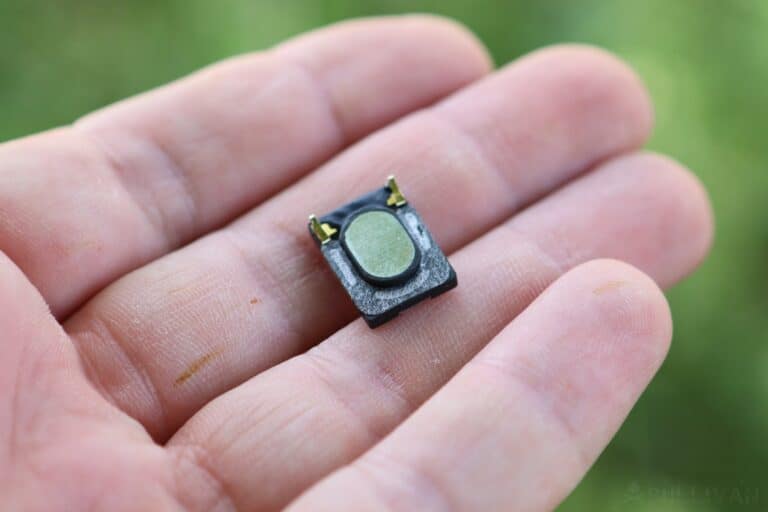
Next, grab whatever thin piece of wire you can that will act as the compass’s needle, and magnetize it by rubbing the magnet from one end to the other. Do this several times, but always in the same direction (the direction you’re sweeping it in will show North):
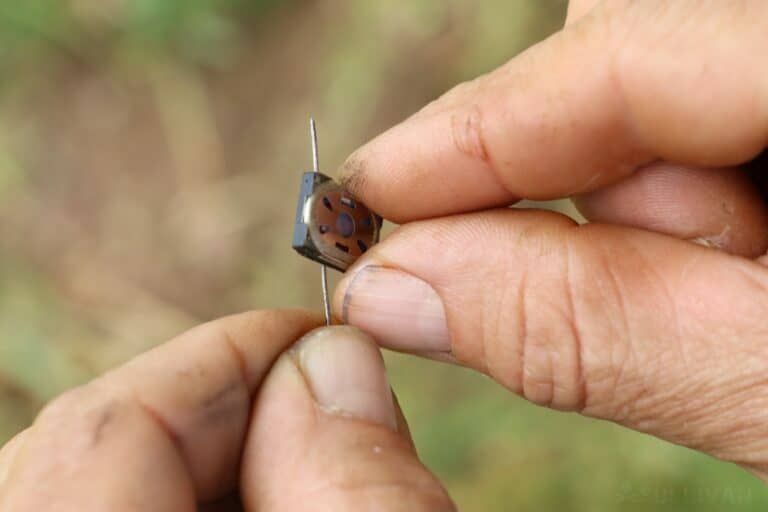
magnetizing a piece of wire with a smartphone speaker magnet
Next, place the magnetized needle on any leaf you can find:
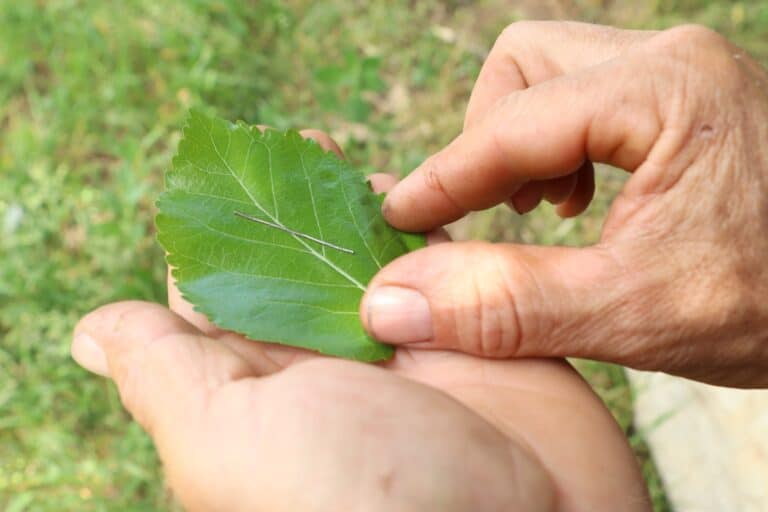
Lastly, place the leaf along with the needle on a still body of water. The needle will align itself with the north. Voila!
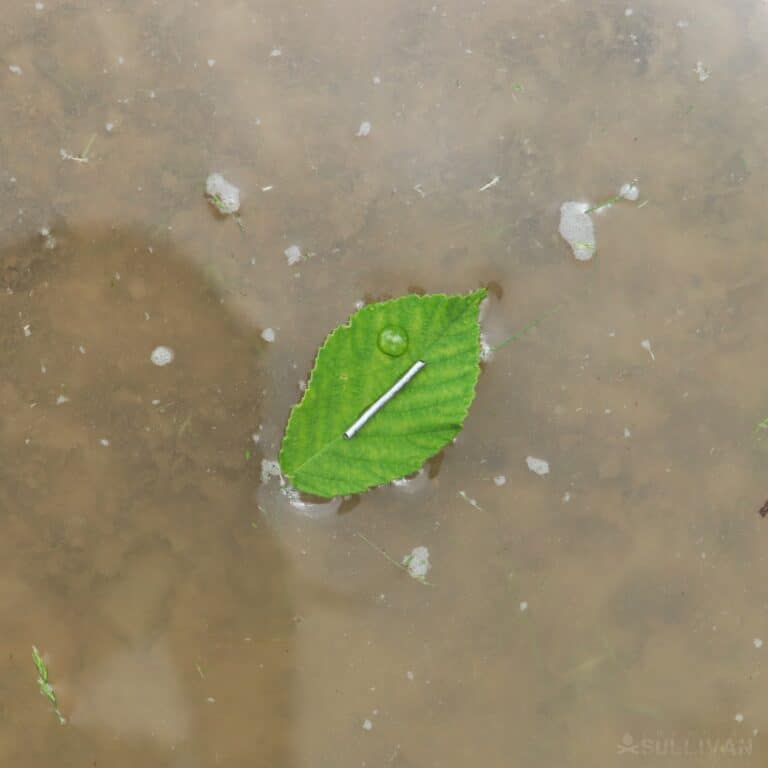
Survival Guides
The storage capacity of the average smartphone these days would put computers from the last decade to shame. Capable of storing many gigabytes of pictures, documents, and dank memes, your phone is a shoe-in for housing a survival library’s worth of manuals and guides.
This is a great way to shore up any weaknesses in your own personal knowledge base or skill set, but even for expert preppers there is always more to learn, and no one was ever harmed by having extensive reference works on hand for any number of purposes.
Including a selection of books on basic survival tasks, first aid, disaster response procedures, local and regional flora and fauna, self-defense and more is all entirely worthwhile and a great use of space on your phone’s memory chip or internal storage.
It is also worth including pictures with or without markup and video that can provide you step-by-step instructions for accomplishing basic survival tasks like rendering CPR, starting a fire or building a primitive shelter. Like the old saying says, a picture is worth a thousand words.
Situation Reports
Unless you opt out, most smartphones come by default with a variety of local, state and federal emergency notifications turned on.
This means that you can receive fast, up to the minute info on everything from approaching severe weather to terrorist attacks and anything else imaginable that is deemed worthy by the authorities of pushing out to society on the emergency broadcast system.
Of course, this will only work if the cell networks themselves are still functional and your phone has signal, but assuming that is the case there is more information that can be accessed via the internet, subscription services or even apps for the purpose.
It could make a big difference in your plans knowing where you should or should not go based on current risk assessments or availability of supplies or assistance from various government agencies.
In a quickly developing and chaotic situation information is always insurance, and your smartphone can provide you that in abundance if you have it set up correctly.
Personal Info Database
Unless you are a total loaner, you probably have many people in your family and social network that you care about, and more than a few of them might even factor into your plans significantly.
There are so many variables and moving parts to keep track of in a survival situation, it is no wonder that our brains need a little help. This is where your smartphone can save the day by holding all of the varied information you need in a personal database.
What kinds of things? It could be anything from addresses, phone numbers and emails for all of your people to the location of your brother-in-law’s survival cache he has buried somewhere on his remote property.
It could be the combination to a locked gate or door or any other information that is good to know and have on hand but something you are unlikely to remember when the stress is turned up several notches. The sky really is the limit here.
As a reminder, remember that any sensitive information you store on your phone is accessible by others who take control of your phone.
How easy or how hard it will be for them is determined by what steps you take to protect that data. Any apps holding sensitive information should be password protected and files kept on the phone should be encrypted similarly.
If this is not possible or not practical, consider using your own personal code or cipher to make the information meaningless or just too obtuse to mess with for any opportunists who get possession of it.
What Can You Do If Your Phone is Broken?
Well, let’s just say that I don’t know what I was talking about and you were right all along: Going into a major crisis your phone is either broken or the networks that support it are irretrievably offline.
Now you are left with a small brick of plastic and glass, and nothing else to show for it. Well, I still win in the end because your phone can still fulfill several survival requirements with a little bit of ingenuity and know-how on your part!
A smartphone contains many components that can be repurposed by clever preppers.
Use it as Raw Materials (if it breaks!)
There is a surprising amount of material that can be had from a broken or inoperable cell phone, and with a little bit of ingenuity you can make use of these materials to cover several survival bases.
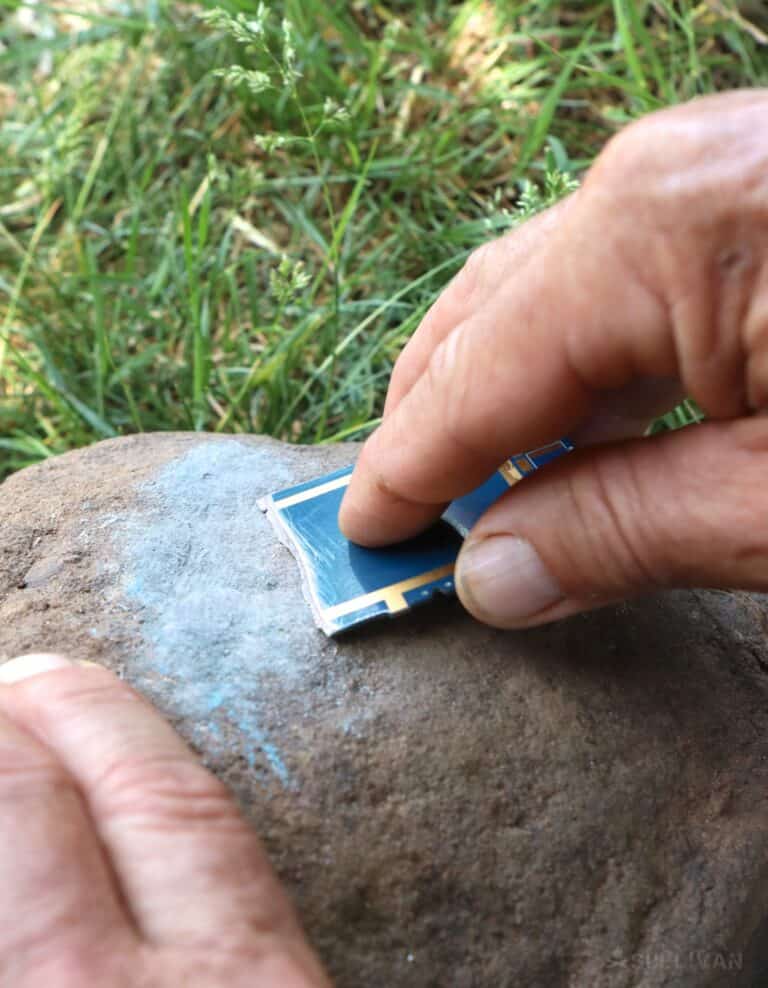
One of the most useful is the circuit boards contained within.
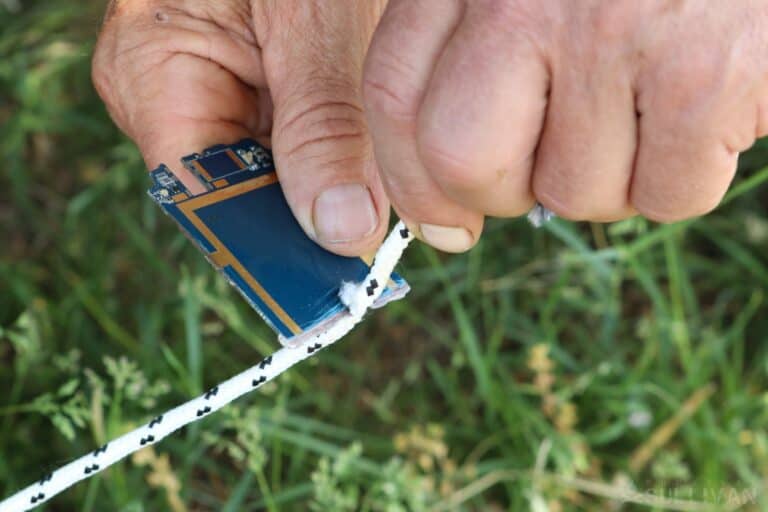
If you didn’t know, circuit boards can be easily snapped and sharpened using any abrasive material to form frighteningly capable arrowheads, spear tips, or a straight up prison yard-style shank in a pinch.
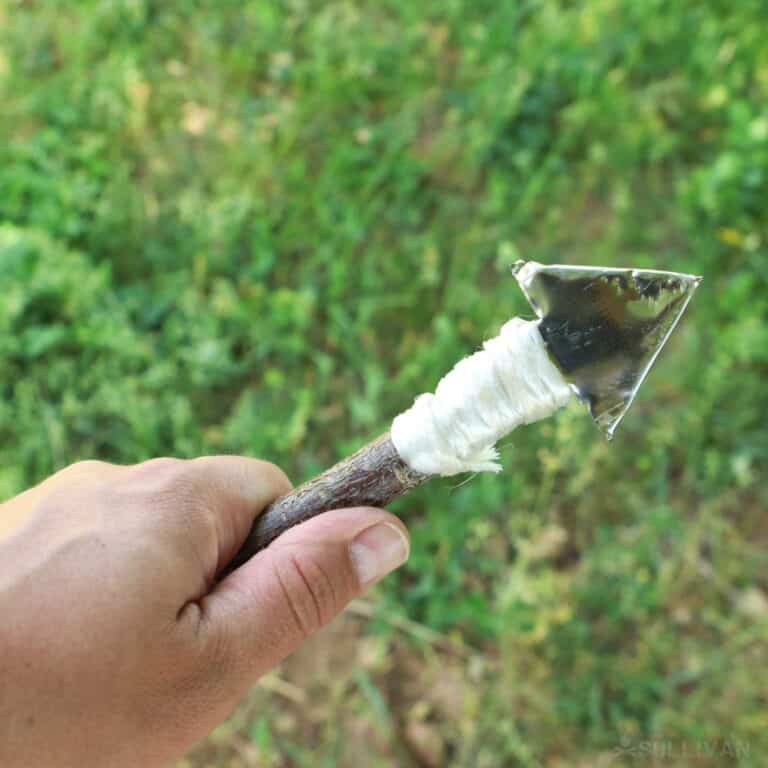
Depending on the model, there might be thin metal components inside that can be put to similar purpose.
Speaking of metal components, the thin metal spacers, mounts and other doodads present in your cell phone can easily be folded, bent and cut into shape to form anything from a fishing lure or gorge hook to toggles and triggers for use in trapping.
A great way to produce a sharp blade or hook is to fold the thin sheets of metal over to reinforce them and then sharpen one edge.
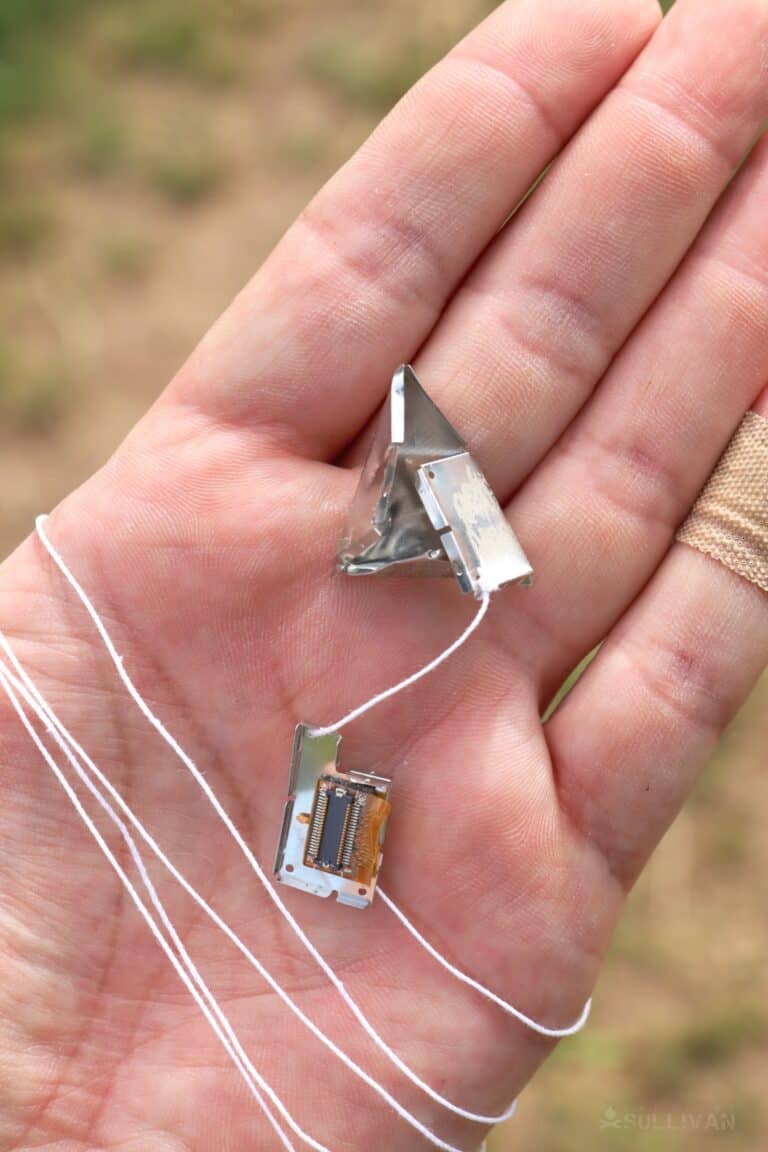
Metal components are often at a premium when you are way out in the wilderness, so don’t discard them lightly!
Also, cell phones typically contain fine lengths of wire for various purposes, and even if the phone doesn’t you might have a convenient set of headphones or earbuds that wire can be harvested from.
This wire can be used as a fine, sturdy lashing or fashioned into a small game snare. It is worth noting that you cannot use wire of this gauge on large game because it is just not strong enough.
Another ingenious use of cell phone components: Most devices have a highly reflective, mirror-like panel behind the screen. You can easily re-purpose this mirror for any mundane purpose but also for emergency signaling:
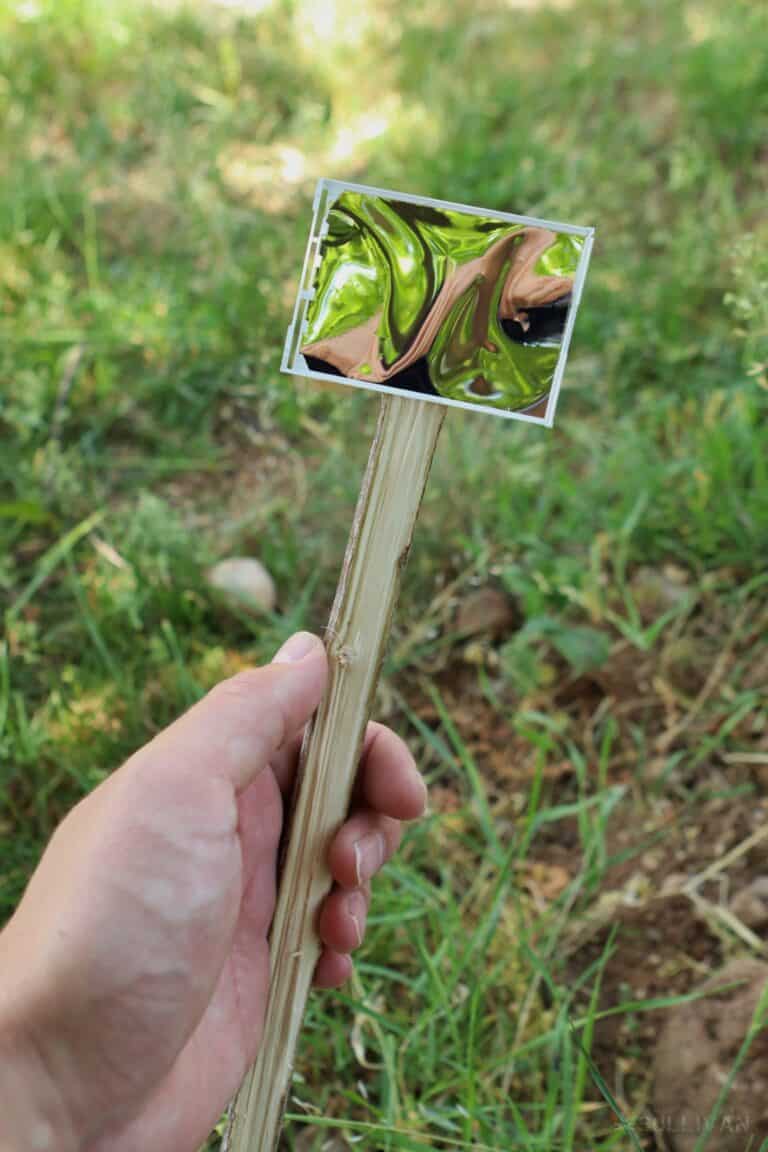
You might already be familiar with the procedure for using a survival mirror to signal rescuers, but just in case here is a super brief crash course.
First, make sure your mirror is clean…
Next, sight along your arm (the one not holding the mirror) and make a “peace” sign with your fingers, placing your target in the “v”.
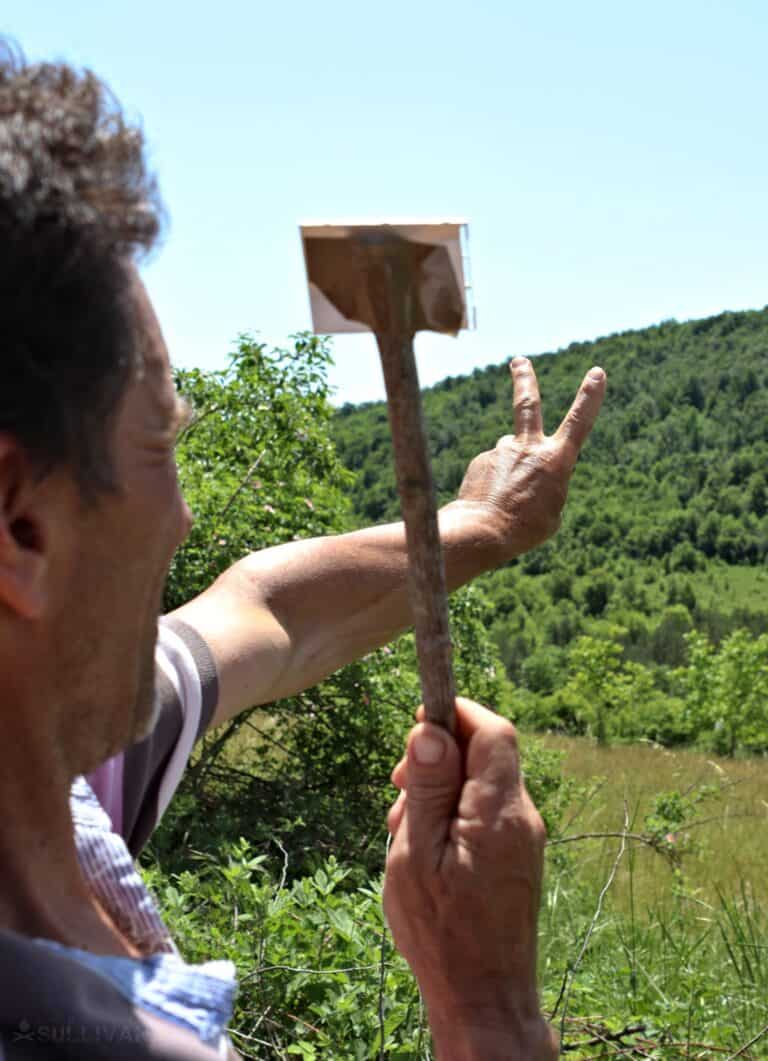
Then holding the mirror close to your head, move it around until you see the glint from the sun cross your extended fingers. Now you’ll know you are flashing the target!
Lastly, the battery can easily be repurposed to power other devices or paired with some steel wool or aluminum foil, and short-circuited to easily start a fire with a small bundle of tinder:
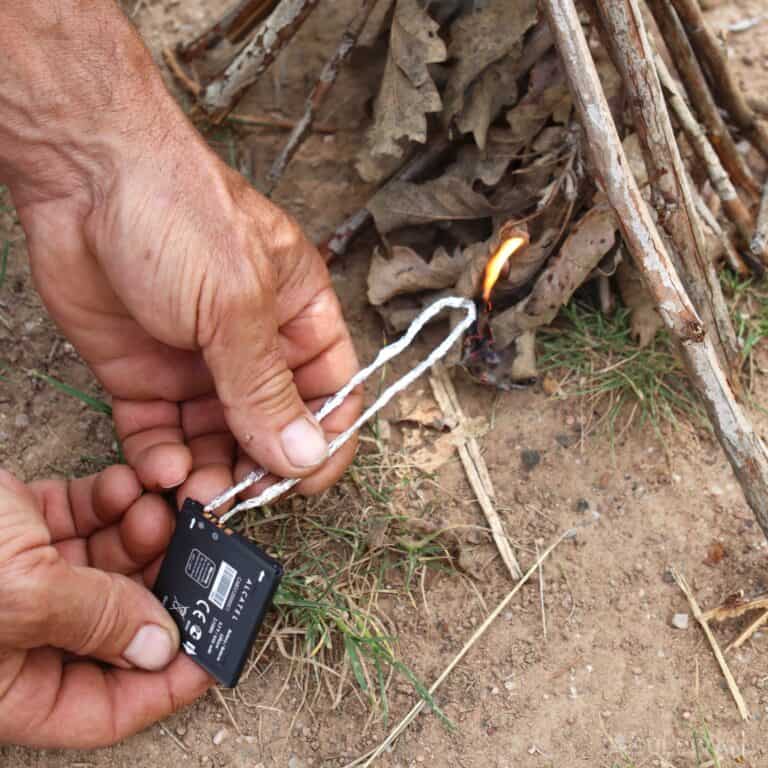
To perform the latter technique, carefully strip the protective casing of the battery to expose its terminals. Touch a wire or a thin bundle of steel wool to either contact and it will rapidly glow cherry red, easily capable of igniting tinder!
Use great care when doing this so you don’t burn yourself or rupture the battery. Just because your phone is broken or permanently offline doesn’t mean it is useless!
Keeping Your Phone Powered in a Survival Situation
Now, despite my assertions to the contrary about the reliability and usefulness of smartphones in a survival situation, you aren’t convinced.
Without access to electricity or even the reliable availability of electricity in the aftermath of a calamity, our phones, and the capability they provide for us, are living on borrowed time.
At least, that’s the thought, but like so many chickenshit problems this one has a simple solution if only the naysayers would grasp it. Our phones do not exist in a vacuum.
Other technologies have continued to progress at lightning speed right alongside them, and foremost for our purposes is the availability, performance and ever-decreasing cost of portable solar charging units and other power generation gadgets.
Using nothing more than a bountiful and practically endless energy harvested from the sun’s warming rays you can generate your own electricity anywhere you have a clear and unimpeded view of the sunny sky.
A clear, cloudless day with full sun can see your phone recharged in just a couple of hours. Even on an overcast day power can still be had as long as it is daytime.
Other solutions exist, everything from portable thermal electric stoves to windmills to hydroelectric generators you can throw in a stream or river.
And before you say as much, you won’t be married to a given location to utilize those charging systems either, since many of them include their own onboard power bank or easily capable of transferring the generated electricity to a backup battery or similar device that you can then easily use to recharge your phone, just like you would at home.
Truly, so long as you have one of these ingenious devices you are without excuse when it comes to making use of your smartphone in a survival context.
Conclusion
Contrary to the accusations and noisy assertions of naysayers, the modern smartphone can do a lot more for us in a survival situation than they would have us think.
No, they’re far from completely impervious to widespread damage or being separated from their vital cellular networks, smartphones still have the durability, storage capacity, and on-board technology to aid us in virtually any survival endeavor.
Use the procedures and tips we shared above to turn your smartphone from a social media powerhouse into a potent survival tool.
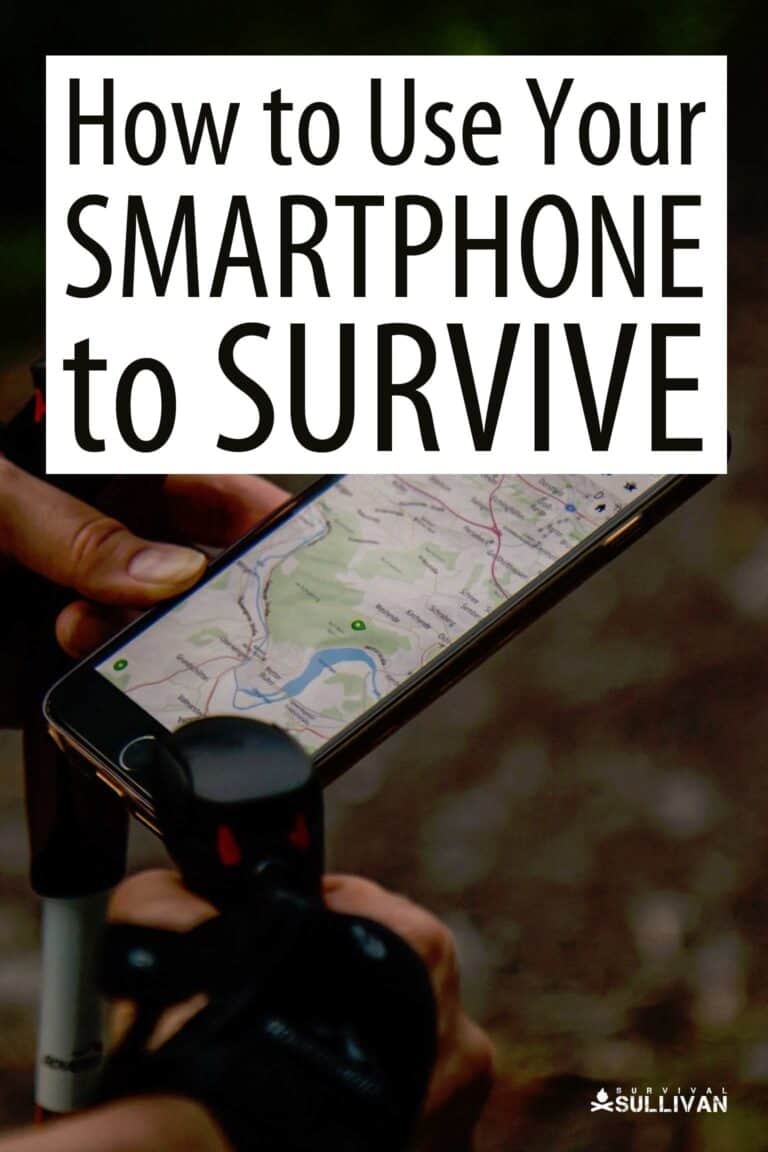

Tom Marlowe practically grew up with a gun in his hand, and has held all kinds of jobs in the gun industry: range safety, sales, instruction and consulting, Tom has the experience to help civilian shooters figure out what will work best for them.

Some solar panels have a switch between car voltage and USB. Others have outputs for car/laptop or USBs symultaneously using diodes. Tiny USB plug in boards can produce about any particular voltage you want, so you can use a USB power bank to charge HTs, ham Handi-Talkies, using coax plug to alligator clips. Most HTs receive broadcast FM and some $$$models include AM broadcast. Also tiny Olight intelligent Universal USB magnetic button chargers can charge any cell rechargable battery from 1.2V to 4.2V. Furthermore one can have a rechargeable plasma lighter and need no fuel.